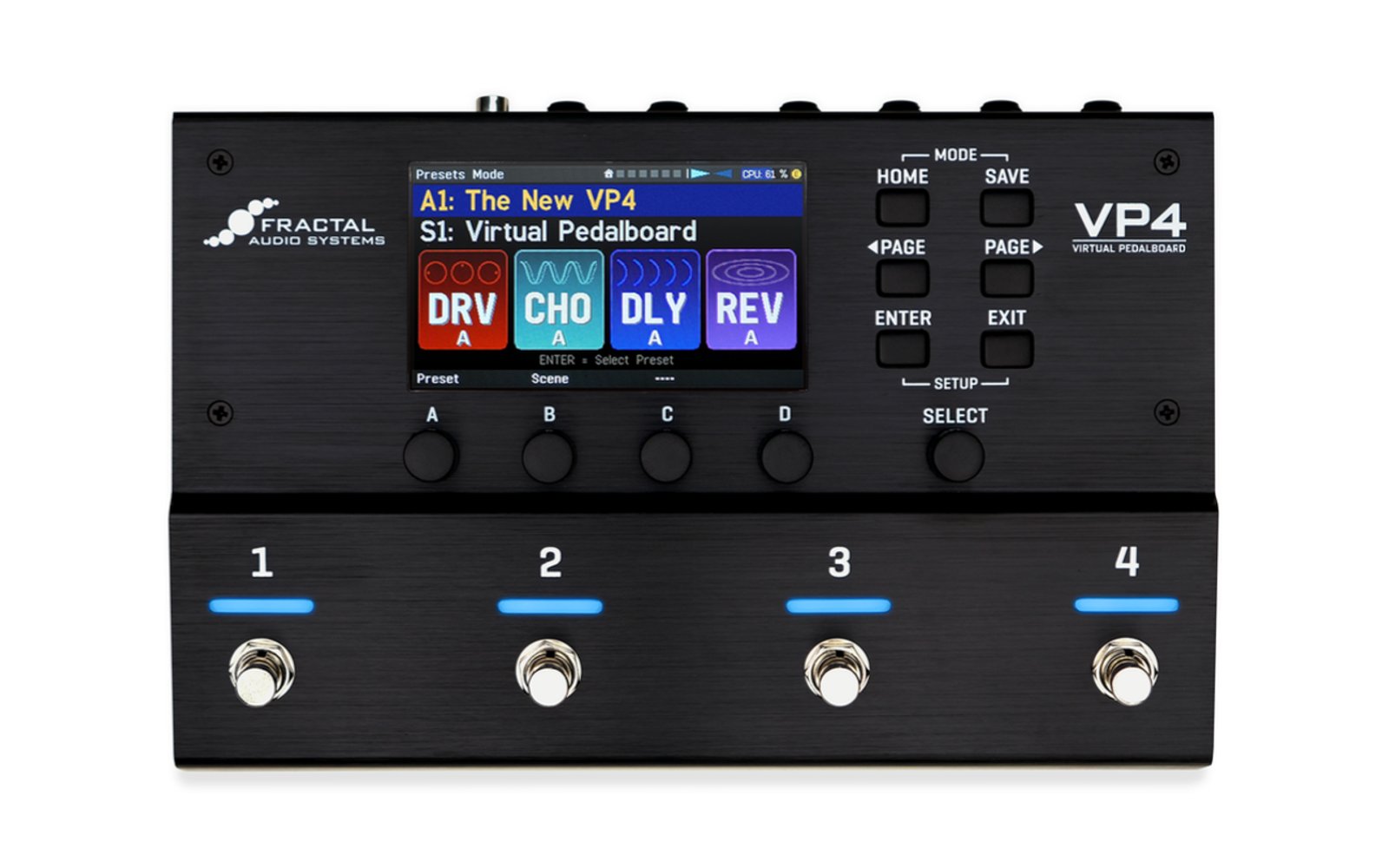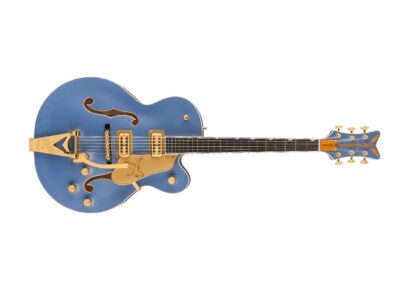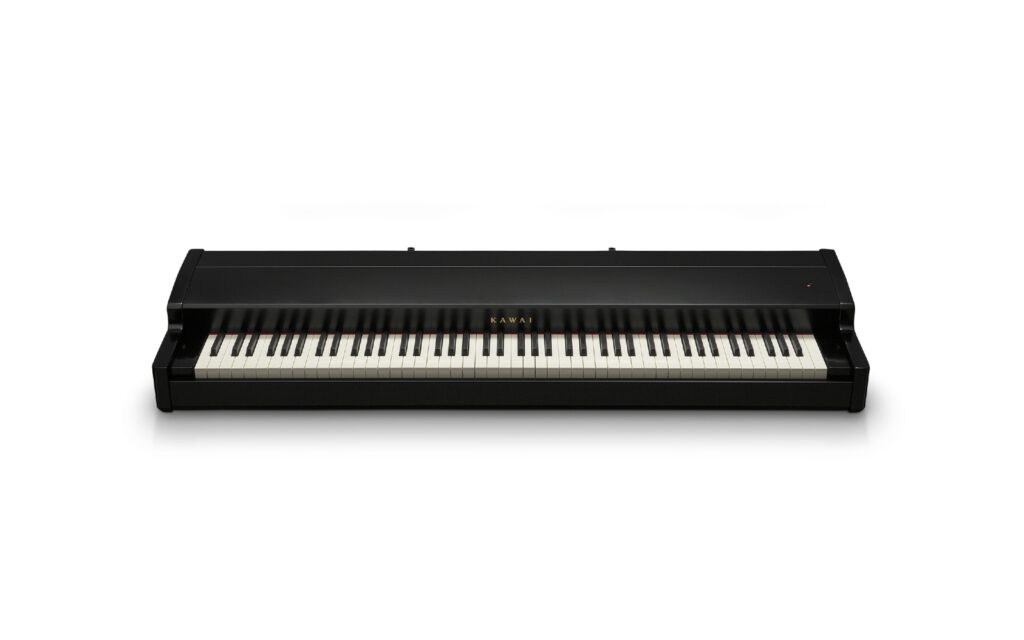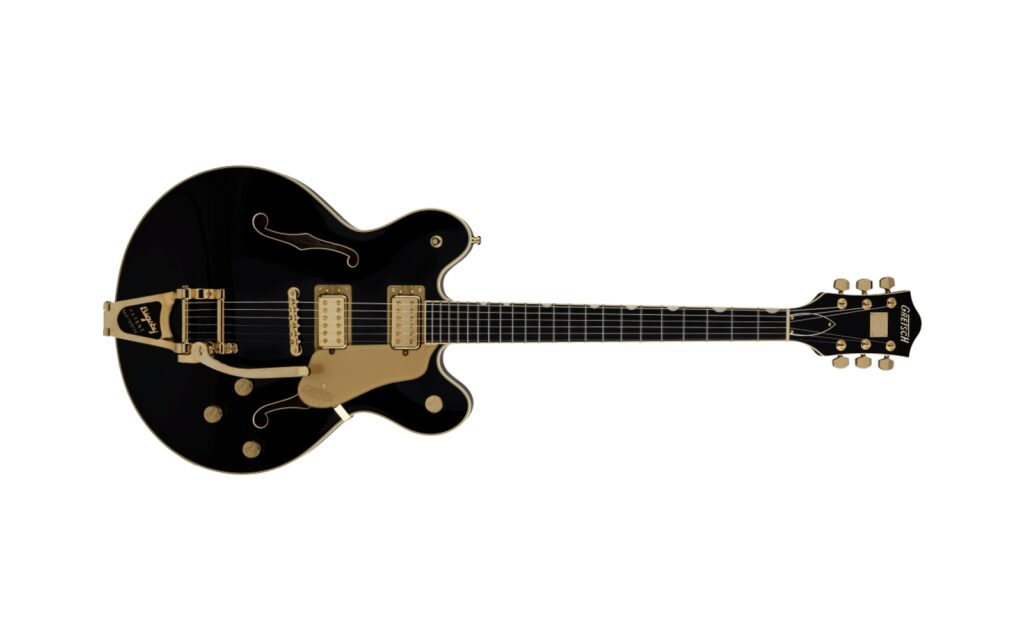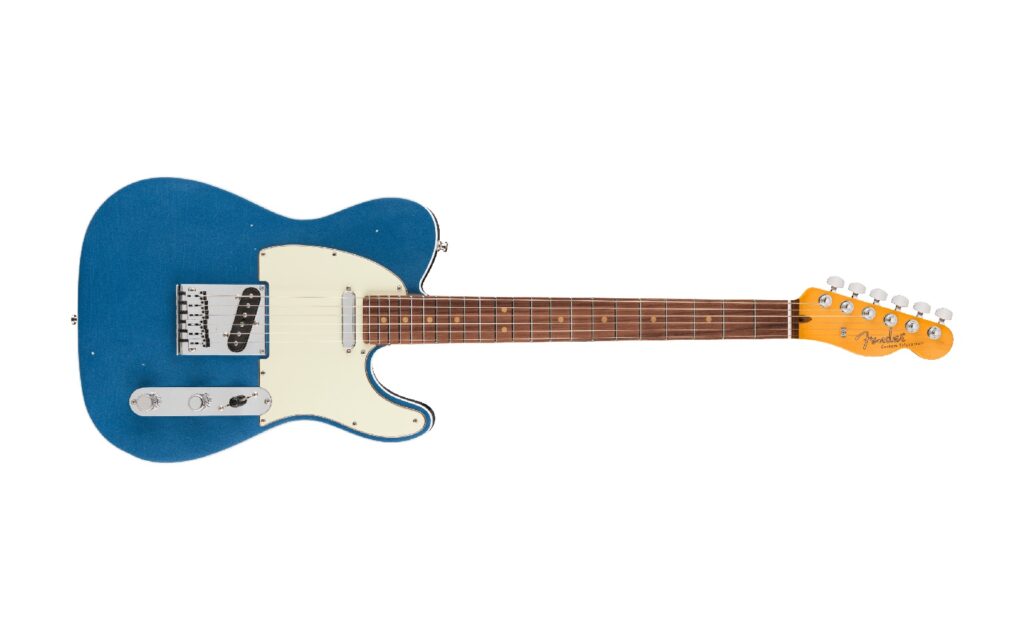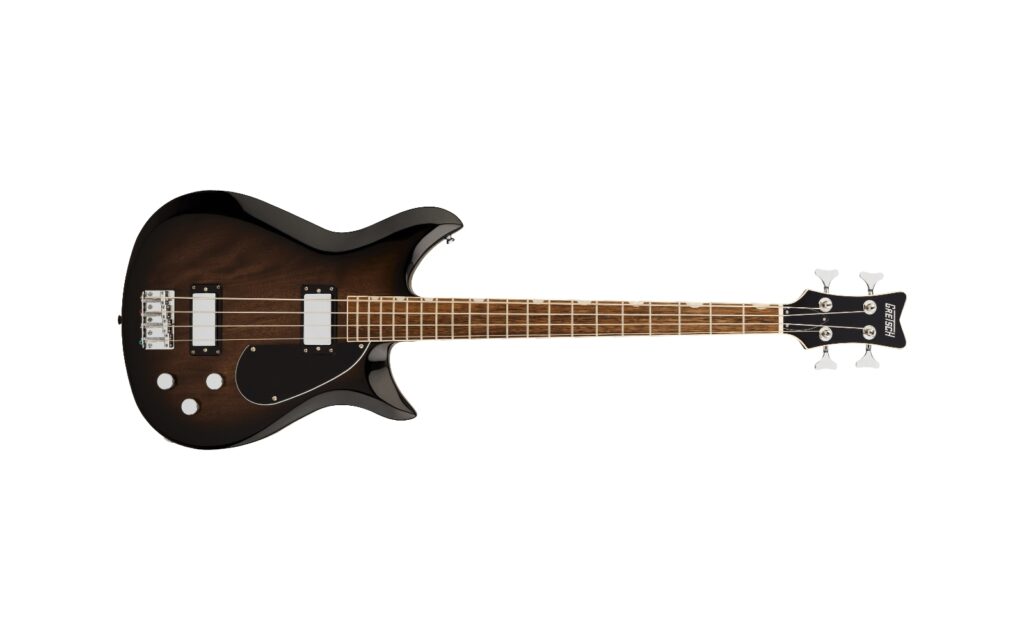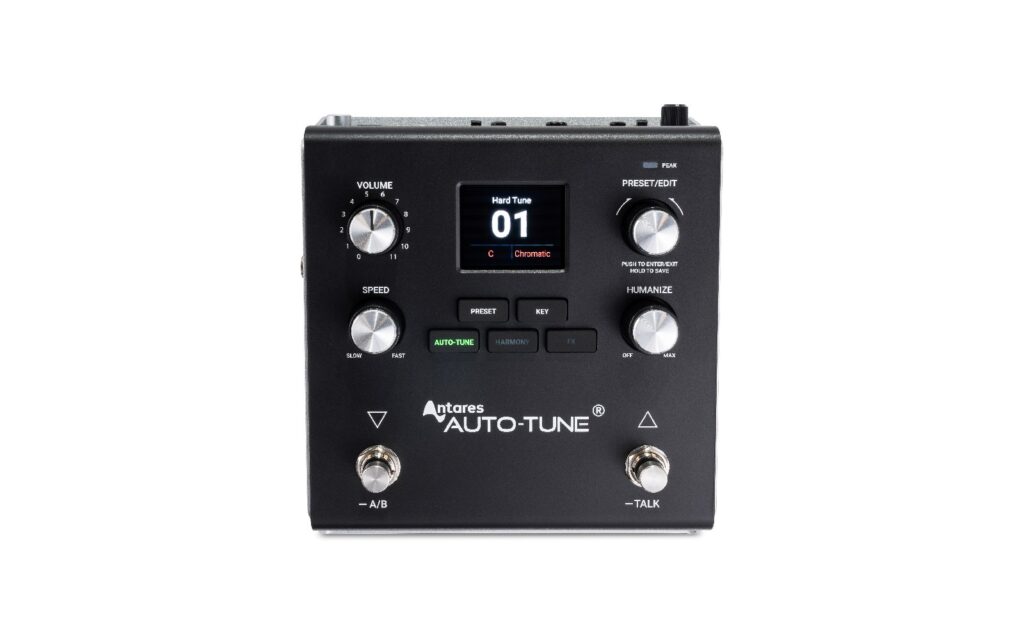Fractal Audio VP4 Virtual Pedalboard | Independent Music | Enquire for pricing
When Fractal Audio dropped its Axe-Fx multi-effects processor in 2006, every musician I knew paid attention. It obtained legend status faster than any other guitar effects processing hardware within my lifetime. Steve Vai used it. John Pettrucci got onboard. Members of Metallica, Def Leppard and Megadeth all wanted a slice of what Fractal Audio had to offer. I visited the ‘Artists’ page on the Fractal Audio website to find out who else used their products and quickly realised there were probably fewer musicians who didn’t.
18 years later, Fractal Audio is still leading the charge by several paces. The Axe-Fx is in its 3rd generation, the brand having released a plethora of products including amp modellers, expression pedals, free IR mixing software, a reverb plugin and even a load box.
Catch up on all the latest music gear reviews here.
The newest, shiniest toy to hit the market is the Fractal Audio VP4 Virtual Pedalboard: a streamlined, stage-ready, ballsy effects processor that gives you access to an absolutely stupid number of effects in one compact, road-ready little black box. The primary purpose of the VP4 is to emulate pre-configured arrangements of up to four different effects (either as Pre-FX running into your amp, or Post-FX as part of your amp’s effects loop or both pre and post your pre-amp in ‘four cable method’ (4CM), all using one set of controls. I’ve been procrastinating about building a pedal-board for a while now, and this was the perfect opportunity to suss the potential of a cutting-edge digital equivalent.
VP4 Virtual Pedalboard
The VP4 I tested came with a power pack and a DIN 5-pin (female) to 3.5mm (male) adapter. The unit itself is 25.5cm x 16cm x 5.4cm; roughly one third the size of the other floor unit I’ve been using since 2011. In the user-facing top panel you’ve got a 4.3” (9cm x 5xcm) LCD screen; six multi-functional buttons for UI navigation; a master Select knob; and knobs for each of the four effects slots. Below that is a slightly raised panel with the four footswitches (1 through 4), each accompanied by its own LED light so you can tell what’s engaged and what’s bypassed during your set. On the back panel you’ve got four separate ¼” I/O ports (stereo L+R or Mono), two ¼” inputs for two separate expression pedals, SPDIF (in and out), USB, MIDI (in and out), 9V DC 1.3A input and a push-push on/off power toggle.
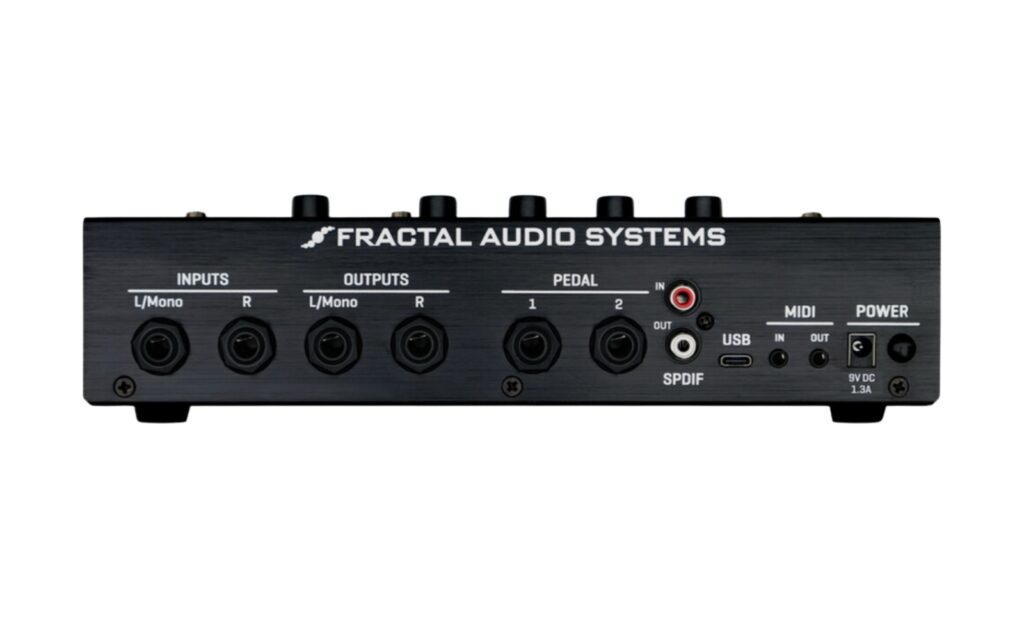
Sans instruction manual, it took me about 15 minutes to fully grasp the core function of the VP4. In a nutshell, you navigate the menus on the LCD screen to set up configurations of effects, and save them into groups for easy recall and navigation on the fly. The most obvious use case here is being able to seamlessly load separate effects chains within a setlist. There are three distinct layers to the way this works, which are called Modes. You can scroll between the three modes (Presets, Scenes and Effects) using the Select knob.
When you set up a configuration of four effects, you’re setting up a Scene. Let’s say your set opens with a song that requires a noise gate going into a tube compressor followed by TS808 overdrive and a digital reverb. But then for the second song, you might want to swap out that reverb for a flanger, and the overdrive for fuzz. No worries. You can just create a new Scene. Now when you’re in Scene mode, you can switch between Scene 1 (OD & reverb) and Scene 2 (fuzz & flanger) using the footswitches. And you’ve still got two more Scenes to configure within that Preset. Pressing and holding the far left or far right footswitch scrolls through individual Scenes (scrolling into adjacent Presets until you let go).
There are 104 Preset slots in total, grouped into 26 Banks; one for each letter of the alphabet. Each Bank has four Presets. For example, Bank A includes Presets A1, A2, A3 and A4. Out of the box, the first 80 Preset slots (A1 through T4) are pre-configured and distinctly themed. You’ve got everything from ‘Backpanel Dad Rock’ to ‘Spaghetti Western’ and ‘Gift of Djent 4CM’. Each one of those 80 Presets has four different pre-configured Scenes allocated to it, each Scene having four different effects. The other 24 Preset slots are empty, so you can configure new Presets from scratch. You can also edit and overwrite the existing themed Presets. This makes for a total of 416 full customisable Scenes. When you’re in Preset mode, the four footswitches are each assigned to the four Presets associated with that Bank.
The final mode is Effects mode, which enables you to bypass individual effects with each of the footswitches. It’s exactly like having four stompboxes on the floor in front of you. You set the parameters of each effect using the navigational buttons. Within each Scene and Preset you can assign master controls like input gate, comprehensive level control, EQ, effects routing, and a metronome which syncs up to MIDI.
The list of effects on offer is utterly ridiculous. You’ve got chorus, compressor, delay, drive, flanger, graphic EQ, parametric EQ, phaser, pitch, reverb… and that’s just scratching the surface. You can drill down even further by choosing from a list of models for each effect. There are 45 kinds of reverb, 63 kinds of drive and 28 kinds of delay to choose from.
As I write this, and I begin to comprehend the number of possible combinations you can load into the VP4, I can feel neurons firing as I imagine the possibilities, especially through the lens of pristine audio quality (a cornerstone of Fractal Audio’s reputation) and simplicity of use. My grip on reality is slipping. You shouldn’t be able to fit this much power into such a compact, easy to use package! But they did. If I can just get my hands on my own VP4, I may never need to buy another piece of guitar effects hardware ever again.
For local Fractal Audio enquiries, visit Independent Music.
